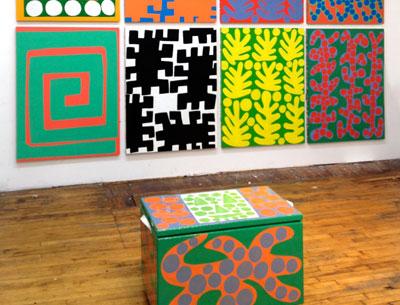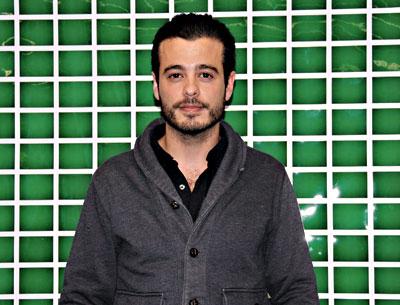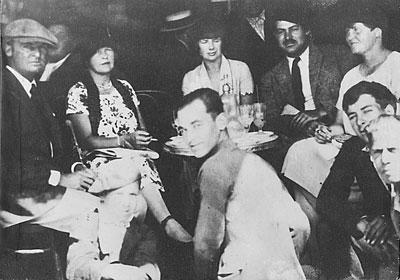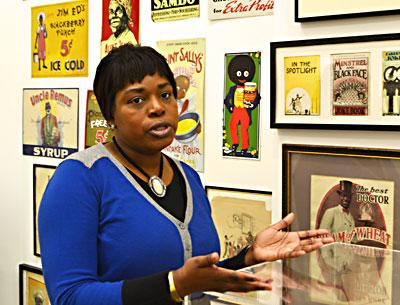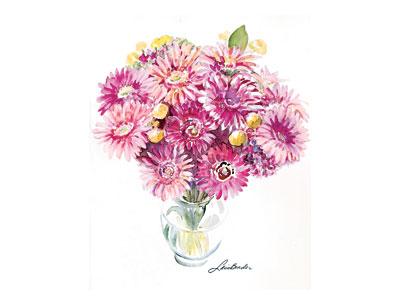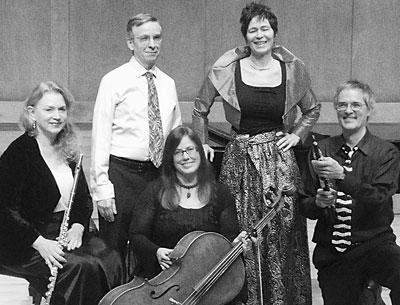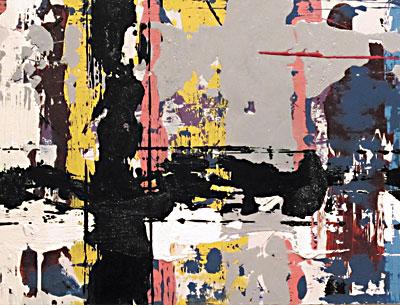Parsifal at Guild Hall
Parsifal at Guild Hall
Guild Hall will screen a new production of Wagner’s “Parsifal,” starring Jonas Kaufmann in the title role, presented by The Met: Live in HD, on Saturday beginning at noon. The opera is staged by the director François Girard in his Met debut.
The cast of Wagnerians assembled for the meditative opera about sin, redemption, pain, and healing includes René Pape as Gurnemanz, the wise knight; Katarina Dalayman as Kundry, the wayward temptress; Peter Mattei as Amfortas, the wounded king, and Evgeny Nikitin as Klingsor, the evil wizard. Daniele Gatti conducts Wagner’s powerful and complex score. Eric Owens, a bass-baritone who played the Niebelung Alberich in the Met’s 2010 production of Wagner’s Ring Cycle, hosts the transmission and conducts backstage interviews with the stars. The running time is approximately 330 minutes, including two intermissions.
Tickets cost $22, $20 for members, and $15 for students. Those supporting Guild Hall’s screenings of The Met: Live in HD with a gift in addition to their Guild Hall ticket purchase have been invited to attend the Operatif series of talks by Victoria Bond, a composer and speaker. The 30-minute talk begins one hour before each opera screening.

